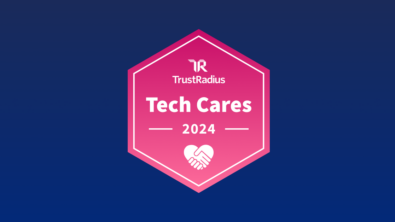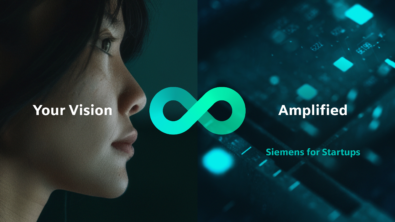How PLM Propels Innovation at Mercury Marine
Next up on the podium is John Bayless, Director, Strategy & Program Management Mercury Marine Mercury Marine is the world’s leading manufacturer of recreational marine propulsion engines.
John is talking about the way things were at Mercury. They had gone from two engineering sites in the USA to six engineering site globally. The product development process was already complex enough without even adding new engineering sites. The product development process had many manual steps, many different sources of data, and many BOMs that had to be manually reconciled! The engineering change process used multiple systems and it was not automated. Before the Business Process Transformation the product design data and project data was stored and managed in multiple systems which lead to longer lead times in their product development process.
The goal of implementing PLM was to strengthen their ability to launch new products – better products, and more products faster with fewer resources. However, prior to implementing Teamcenter, Mercury followed a three-tiered process designed to ensure buy-in at all levels.Tier 1 involved understanding the top executive’s view of the existing processes, capturing the voice of customer and establishing metrics for success. Tier 2 was a process definition step in which existing processes were refined at the user-level, evaluated and streamlined in preparation for Tier 3. This final tier was the actual aligning of the defined processes to the technology.
A key element of the company-wide Teamcenter implementation is the use of a single repository for all product information. This includes Pro/ENGINEER CAD data, Design Specifications, Design Standards, Material Specifications, Supplier data and Supplier Specifications and any other dataset types relevant to the product data. Mercury’s Teamcenter sites are synchronized nightly allowing a level of global design collaboration.
Having a single Engineering Change Management Process that is managed by Teamcenter throughout Mercury Marine produces significant yearly savings,” says John, “Since implementing Teamcenter, the average time for an engineering change at Mercury has improved by 68%”.

“Design re-use is another area which is happening to a much greater extent now that Teamcenter searches can quickly identify appropriate parts and designs in the database,” says John. With less time wasted creating duplicate parts, there is more time for innovation. Design re-use also reduces costs.
Mercury’s accelerated innovation rate is also the result of fewer delays caused by errors. With single source product information and one Engineering Bill of Material through the entire development process, people now work within one system where they get all the information they need. Also, design modifications are captured through a disciplined and automated approval process. John also talked about their future plan for expanding PLM scope. They are looking to implement Schedule Manager, MRO, Portfolio Management, and Supplier Collaboration.
It is always nice to hear from customers about how they use our tools to solve real world problems.
You can access John’s full presentation at Mercury Marine PLM Services web site:
http://www.mercuryplm.com/
You can also read my previous blogr about Mercury Marine at:
http://blog.industrysoftware.automation.siemens.com/blog/2010/07/22/mercury-marine-transforms-their-global-product-development-process/



